The Internet is full of recipes and tips on how to kill weeds organically. Unfortunately, many of these recommended methods simply do not work, and in some cases, they can cause much more harm than good. All hope is not lost, however. You can still enjoy your organic vegetable garden without it being overrun by unsightly weeds.
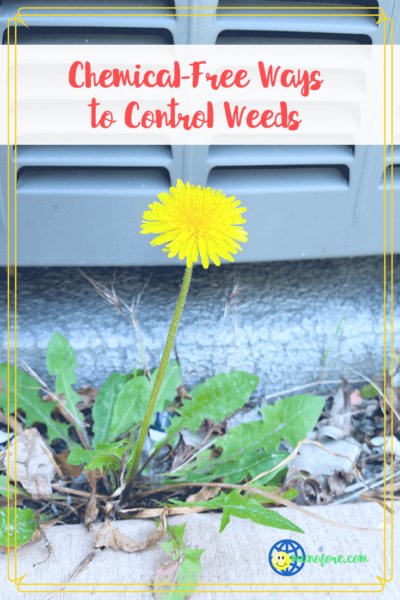
When it comes to weed control, the old adage “an ounce of prevention is worth a pound of cure” holds true. With a little planning, you can create an inhospitable environment for these unwanted garden guests without exposing your soil, plants, pets, and your family to toxic chemicals or questionable home remedies.
Here are four completely chemical-free ways to control weeds in your garden this summer:
Method #1: Create a Physical Barrier
One way to prevent weeds from becoming established in your garden is to place a thick layer of newsprint down around your vegetable plants. Then, add a two-inch layer of organic compost or mulch on top of the newsprint, being careful not to mound the mulch up around the stems of your plants.
This barrier serves two purposes: It helps protect your vegetable plants and it makes it more difficult for weed seeds in the soil to ever see the light of day. As the growing season progresses, weed seeds may drop on top of this barrier, but they should be easy to pluck out before they become too much of a nuisance.
Method #2: Give Crowd Planting a Try
Rather than planting your vegetables in neat little rows, try planting them closer together instead. The key here is to minimize the amount of empty space left between each plant without overcrowding them. Crowd planting creates extra competition in your garden for the nutrients each plant needs to survive and thrive. This makes it more difficult for weeds to get established in the first place.
Search for "square foot gardening" for tips on how close you can plant your vegetables.
Chemical Free ways to combat weeds in your organic vegetable garden.Method #3: Use Raised Garden Beds
Building your garden soil up, instead of digging down into the ground, offers several advantages when it comes to weed control. For starters, building your soil up above ground level means you won’t be tilling dormant weed seeds up to the surface where they have a better chance of germinating.
Plus, the soil in raised or lasagna-style garden beds tends to me much looser than the compacted soil in the ground. That means that any weeds that do manage to take root in a raised bed will be much easier to pull out by hand.
Finally, raised garden beds made from cedar boards or another material present a physical barrier to the surrounding area, which also serves as a natural deterrent to weeds becoming established in your beds.
But, I will admit I had one problem with this method when the neighbors wisteria grew under the fence and found very hospitable ground in my raised bed. Eventually, it choked out my plants and I had to move my bed after a few years.
Method #4: Boil them
This is not a method you want to try near plants you want to keep. I use this in my walkways and in the cracks in the cement. Heat a pot of H20 to boiling then ladle it right on top of the weeds.
After I finish canning in a boiling water canner (my 10 quart stock pot) I have plenty of boiling water which I could wait for it to cool down then pour down the drain. But, if I have weeds in the driveway cracks I just drag the pot outside and boil them. It works very well on broadleaf weeds like dandelions and thistles
If you occasionally clean your coffee pot by brewing a pot with white distilled vinegar you can use that on the weeds in the cement cracks, but absolutely not any where you will eventually want plants to grow. The vinegar could mess with the acidity of the soil.
Method #5: Lend a Hand
Last, but not least, don’t overlook the value of putting your own two hands to work in your garden. Fortunately, if you follow the tips outlined above, you’ll find it will be so much easier to stay on top of weeds in your organic vegetable garden. If a weed or two does happen to pop up, be sure to deadhead it before it sets seed. Then, wait until after a really good rain shower, or create your own shower with the sprinklers if you have dry summers like we do in California, and pull them out root and all.
Yes, all of these methods take a little more work than spraying with traditional weed killer. But, many of those name brands are considered dangerous to pets and people and they wreak havoc with the soil for years to come. Besides one of the joys of gardening is getting your hands dirty, right?





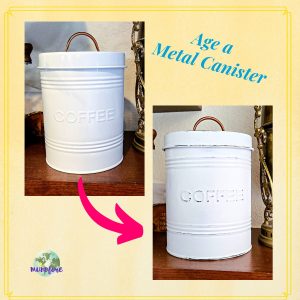








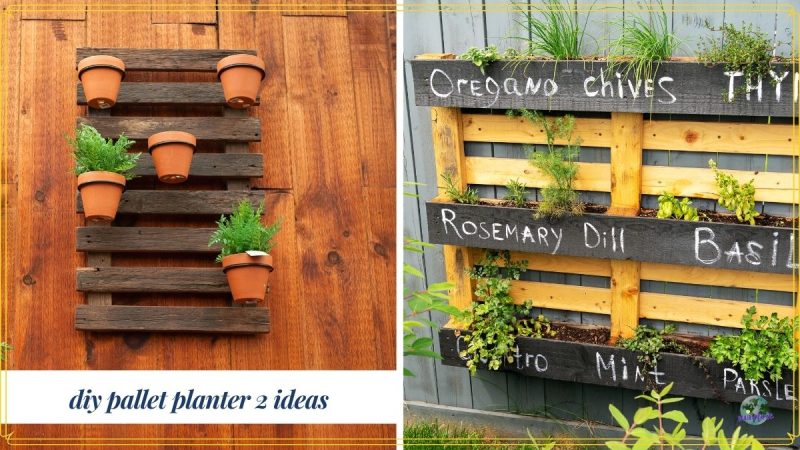
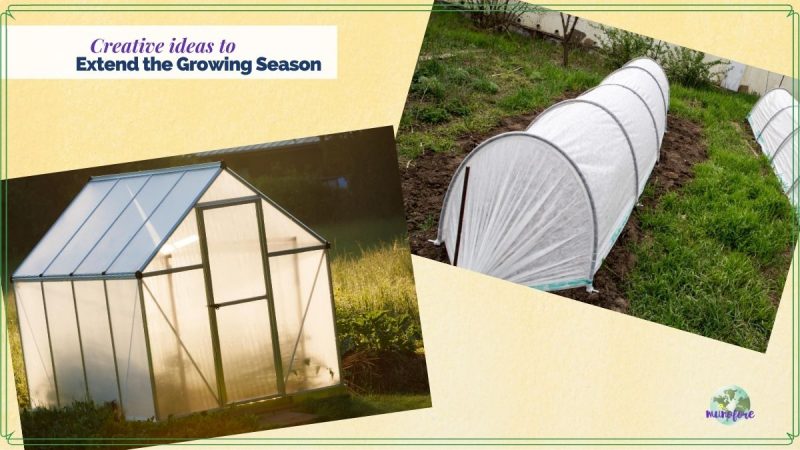
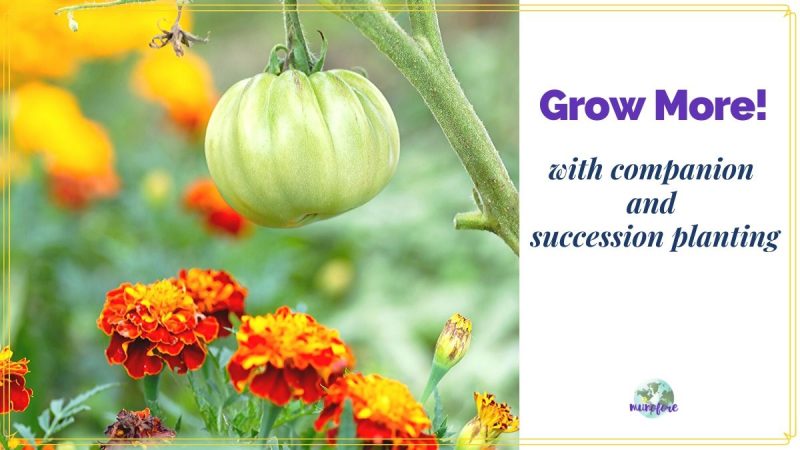
Dorothy Berry-Lound says
Very useful information, particularly as we live in an organic area here in Umbria, Italy.
Audrey Humaciu says
I would like to live in an "organic area". We are so behind the times here in the US even though I live in one of the most environmentally conscious areas.
Gardening Novice says
What happens to the newsprint when it rains or you water the plants? Do you have to re-do it every so often? I tried some of those 're-usable' canvas-like bags once, I kinda sorta worked for small areas.
Audrey Humaciu says
The newsprint and the mulch on top will decompose after awhile, adding nutrients to the soil. Just pile more on top. I use something called "gorilla hair" (shredded redwood) around my native plants and have to replenish every year or two.